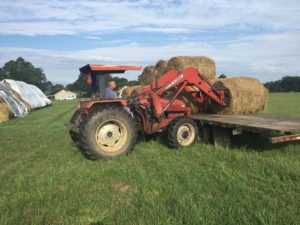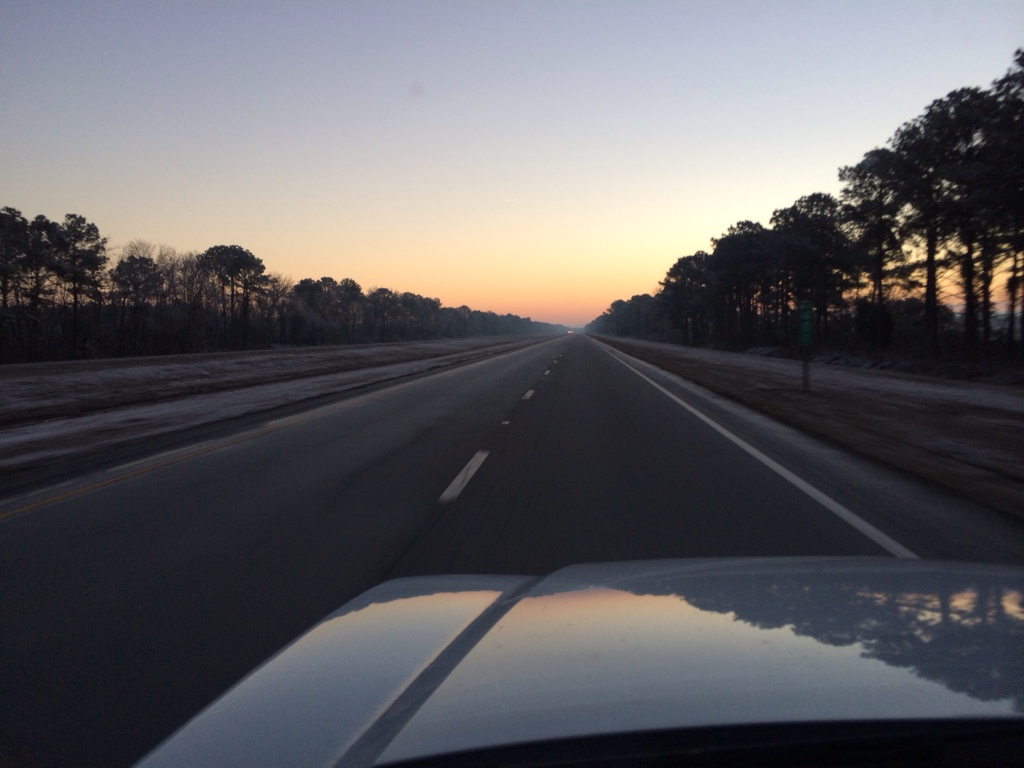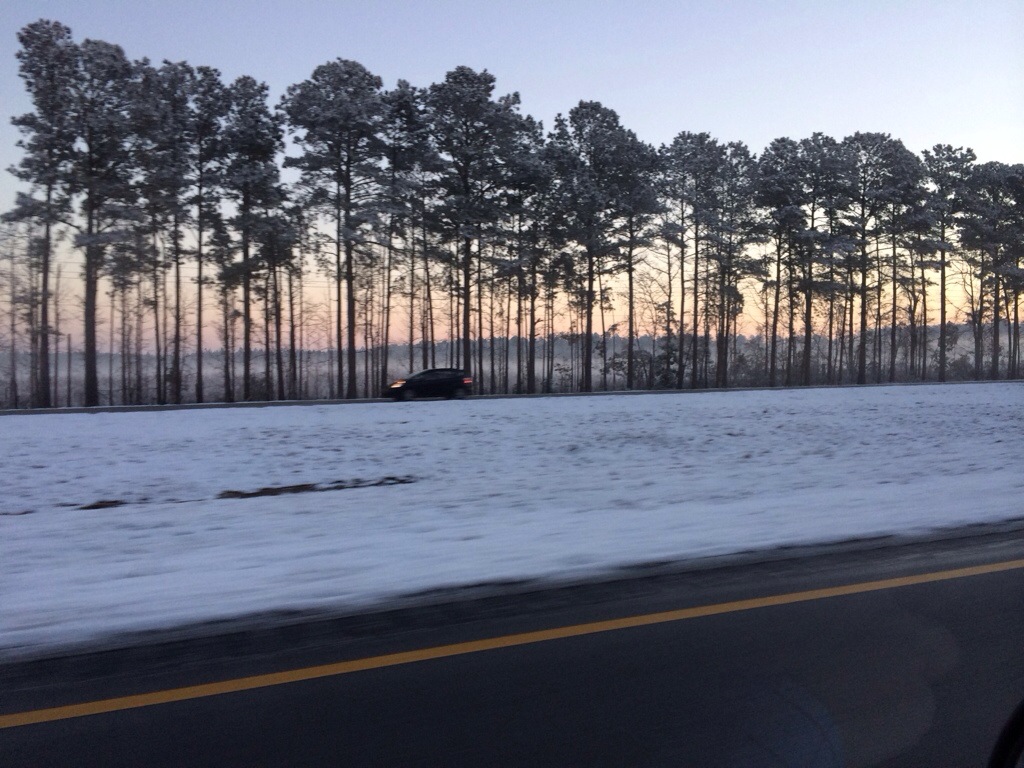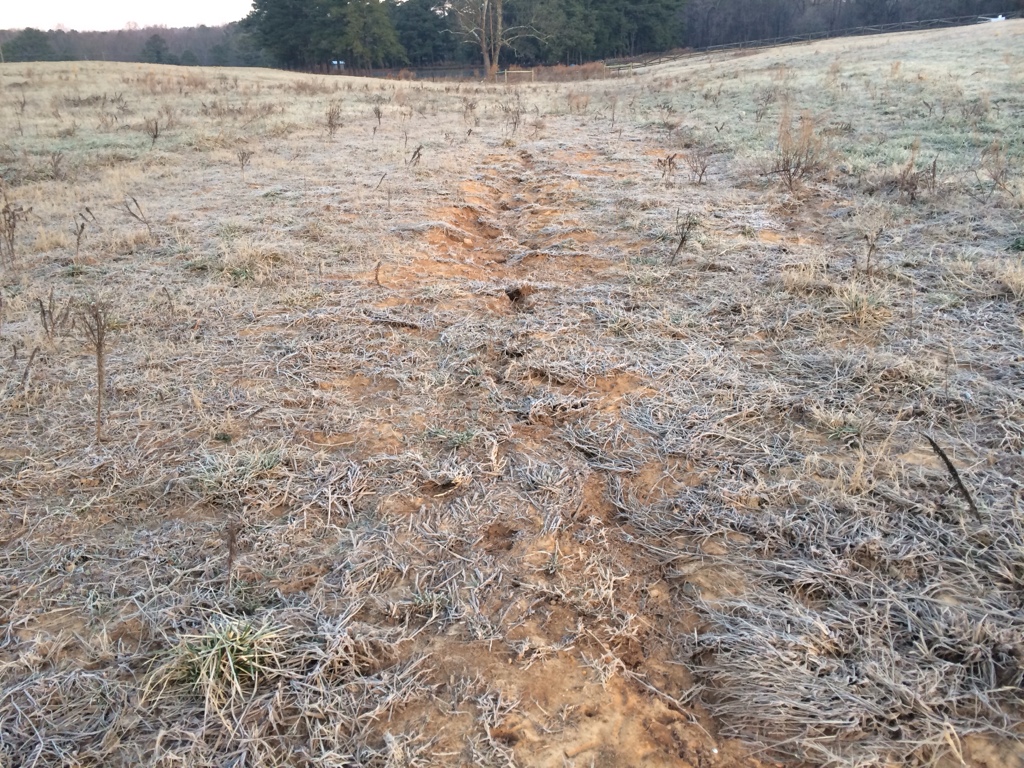
This past week, I picked up our first load of hay for the winter. This is the first of about 140 bales of hay we’ll bring to the farm this fall in preparation for winter munchies. Our cows are grass fed and grass finished so besides the green growing grass we have currently, this is what they get all winter. I get the vast majority of my hay from one farmer in Clayton but Dan the Hay Man, pictured above, had some cow hay he was willing to let me purchase again this year so I grabbed a load while he still had some available. This is a good deal because Dan only grows horse hay (a higher quality hay) but occasionally he’ll have a bit of hay that wasn’t just perfect, making it great for cows (they are less finicky).
The trick with getting hay to the farm is:
- You need a day where both you and the farmer can meet. That means no tours or customers for me, and no day job or other commitments for the farmer.
- You need a day where it hasn’t rained in at least a 3-4 days because, fully loaded, a hay trailer is very heavy and will get stuck in the field trying to get out.
- You need a day where all vehicles are running with no break downs.
- All employees have shown up work
- And nothing has gone wrong on either end (sick cow, escaped pig, down tree, etc).
By the rules above, that means we can get one, maybe two loads of hay every third alternate Tuesday. Since it takes 9 loads of hay to get us through the winter, by my math it takes about two months to get our hay to the farm. That means I’m already behind! Only 120 bales to go.


